Cooperative living: a hip alternative for the Swiss
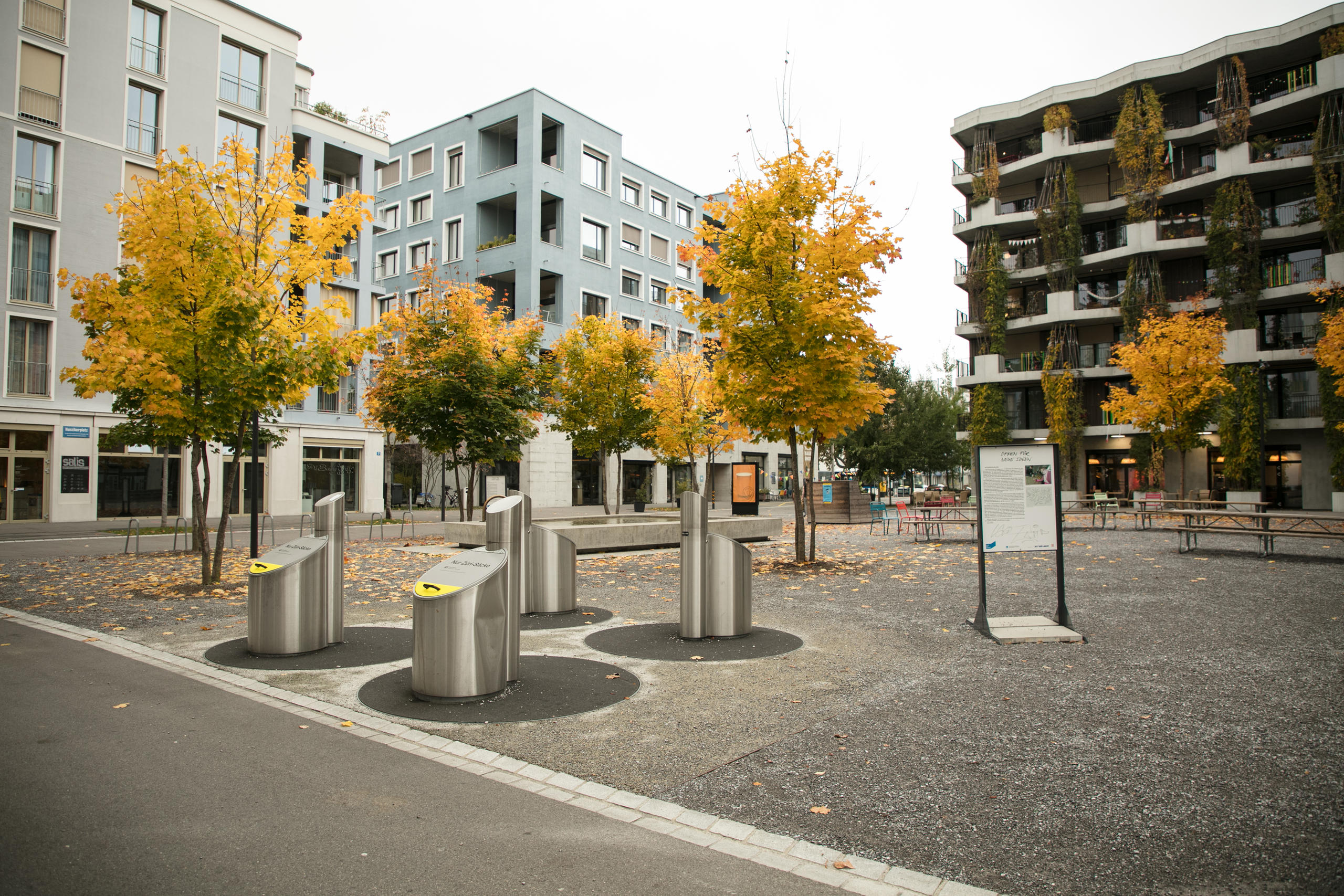
The colourful and diverse housing cooperative calls itself "More than just a place to live”. For residents of the Hunziker complex outside Zurich, sharing space and resources is much more than efficiency – it is about being part of a community.
Series: Living in Switzerland
This is part of a 5-part series in which swissinfo.ch asked occupants of “normal” but also more “exotic” housing arrangements to show us where they live. We ask them how much they spend on housing, how they heat, cook and wash, and how much work they put into their home. Here are parts one, two, three and four.
The dynamic Leutschenbach districtExternal link in the outskirts of Zurich is booming. Housing complexes and high-rises are springing up like mushrooms on former industrial and commercial land. The city plans to develop even more housing in the area to accommodate the 25% increase in population forecast by 2040.
Alongside some straight-edged, rather boring structures developed by a private investor sits an unexpected colourful housing complex.
A vegetable garden is nestled among the multi-family buildings in different styles. There is also a barbecue pit and playgrounds, a bookshop, and a sewing studio on the grounds. In the middle of the complex there is a “village square” complete with a fountain, trees and places to sit. The Hunziker complex is almost like a mini-village, where about 1,400 people have been living in close proximity since 2015.
One of them is 36-year-old Jonas, who lives in one of the houses with his wife and two children. He never dreamed of living in a detached single-family dwelling, he tells swissinfo.ch. The housing coop “More than a place to liveExternal link” offers an alternative to “Hüsli-Schwyz” – the trend of covering the country in rows of single-family houses.
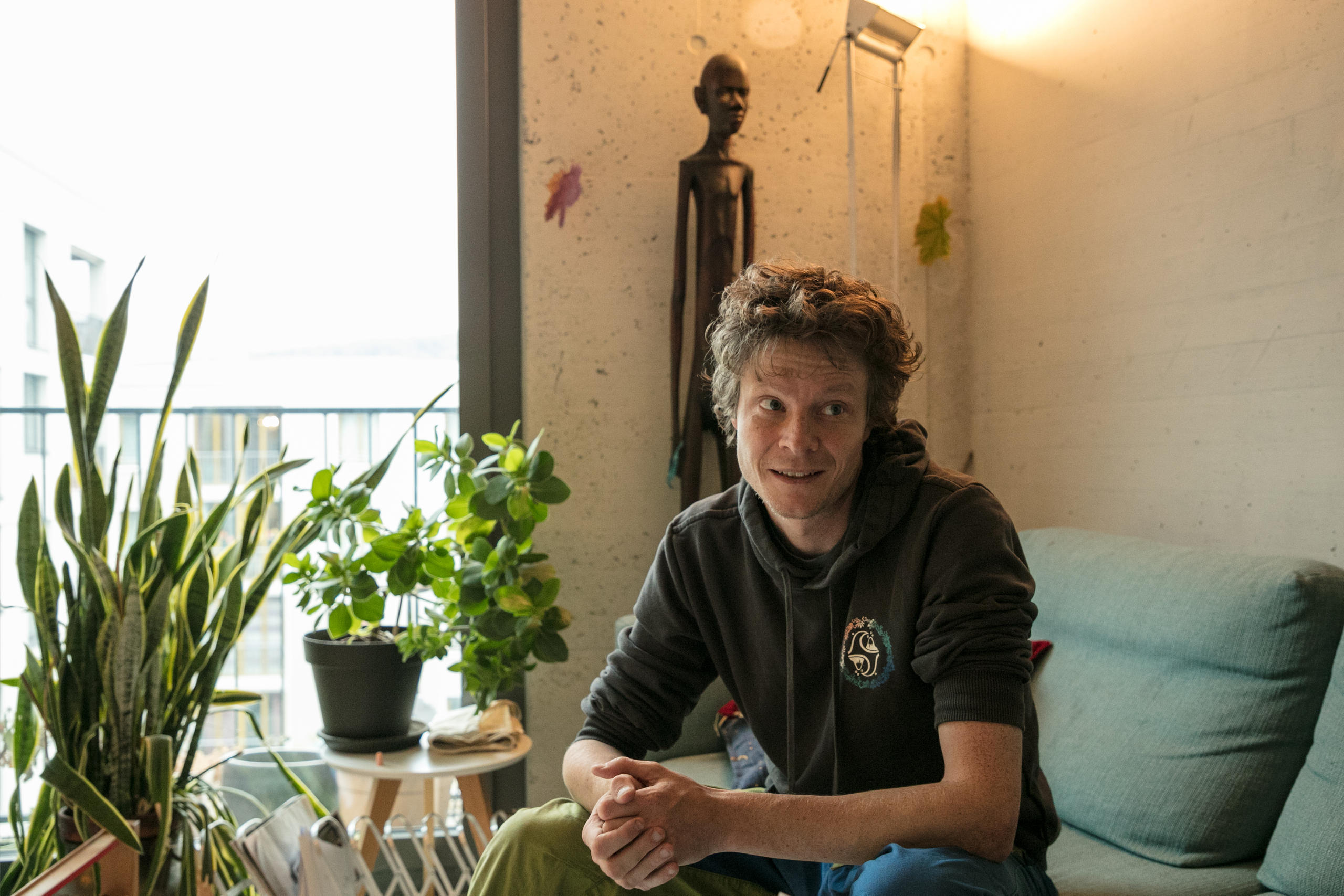
Jonas and his family live in a 116 square metre apartment with four rooms and two bathrooms, which is standard for new buildings in Switzerland. In the open kitchen-living room (also standard these days) there is a shaft with double windows, creating space and letting light into what would otherwise be a dark living area.
One family has built a huge slide in the living area for their children, Jonas tells swissinfo.ch.
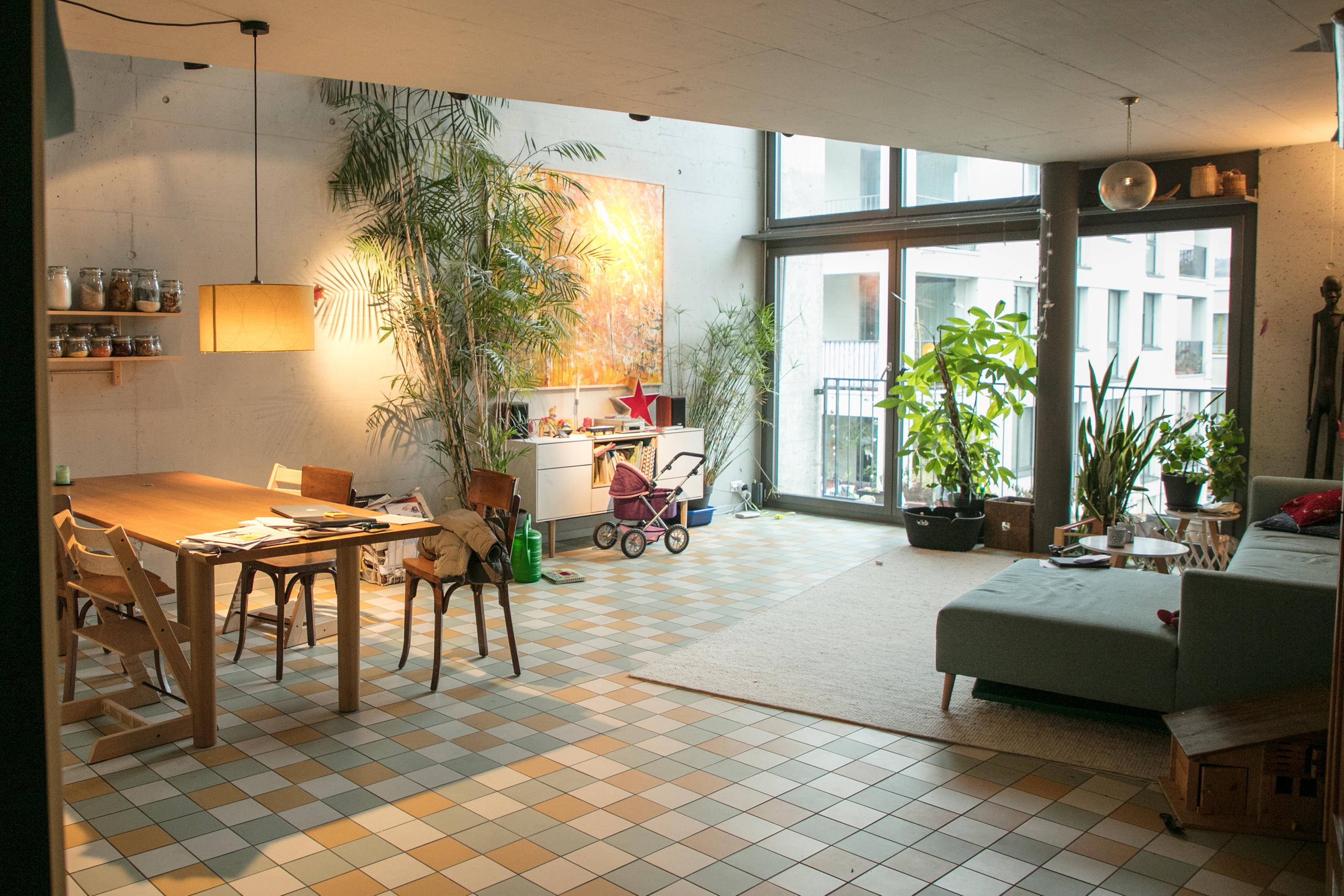
Sharing instead of owning
What makes the cooperative special is, as the name suggests, the fact that it offers more than just a place to live. It is a community where sharing and participation in the community are part of the design. The complex has “commons” open to everyone: an indoor playground, a sauna, a rooftop terrace, a bistro, concert and music areas, a co-working space, and a workshop where you can pump up your bicycle tires or borrow a drill. There is even a guest-house for visitors, a shared garden, and meeting and seminar rooms.
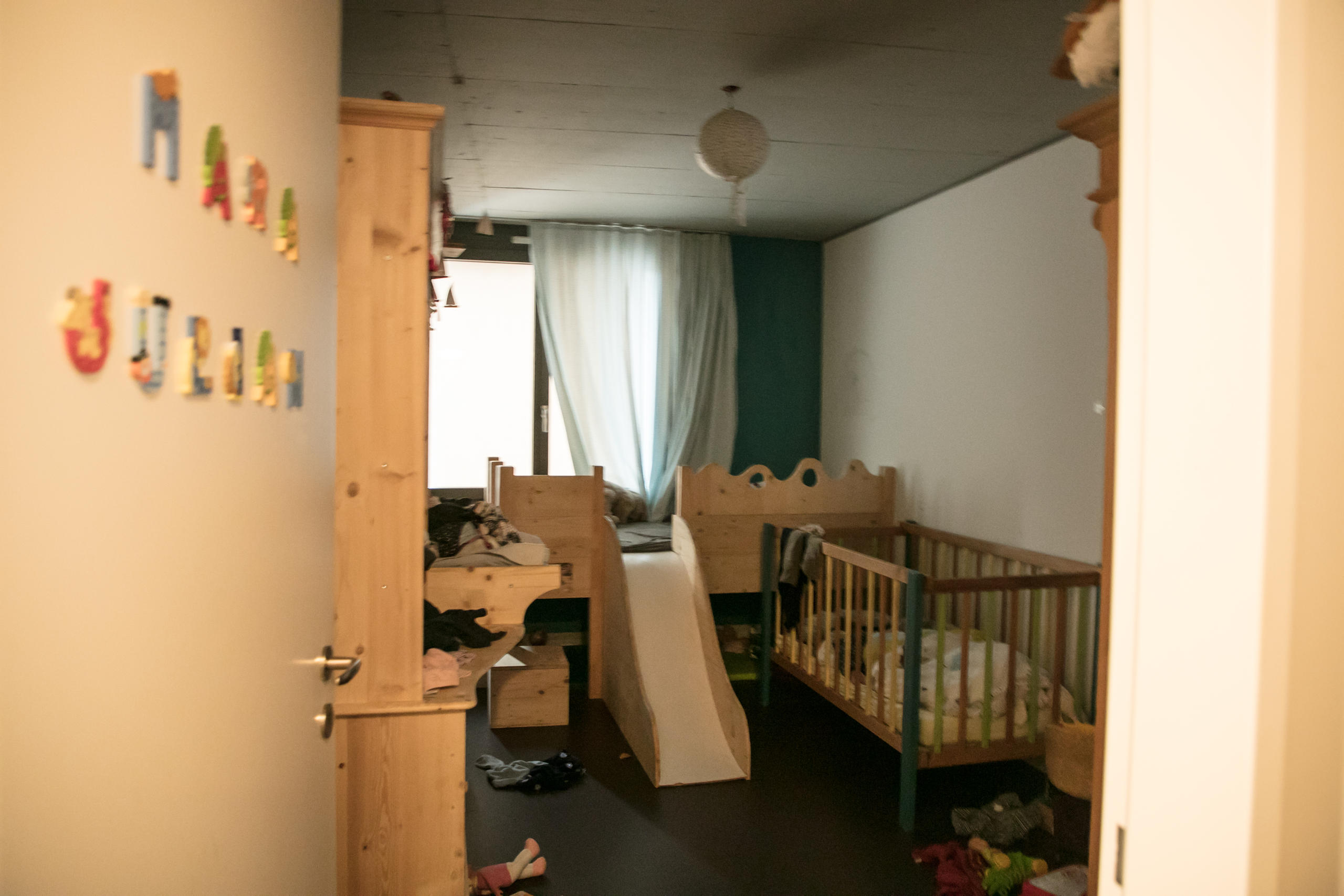
A car-sharing pass is included in the rent and residents can rent bikes and E-bikes at an affordable price. Instead of each family having a freezer, they can rent space in an area kept at 18 degrees below zero. While it isn’t uncommon for rental apartments in Switzerland to share a laundry room, the complex has a large room with eight machines and tumble-dryers, resolving common disputes among residents, which has become something of a national joke in Switzerland.
Jonas receives a share of the harvest from the vegetable cooperative, that is delivered every week by bike. For this, he has to work in the garden several times a year. He could also choose to pack cheese at the dairy cooperative in return for dairy products.
He also uses the communal food storage, where any time of the day or night tenants can take some flour, rice, pasta or coffee, which is provided in bulk, making it an environmentally better alternative to plastic packaging.
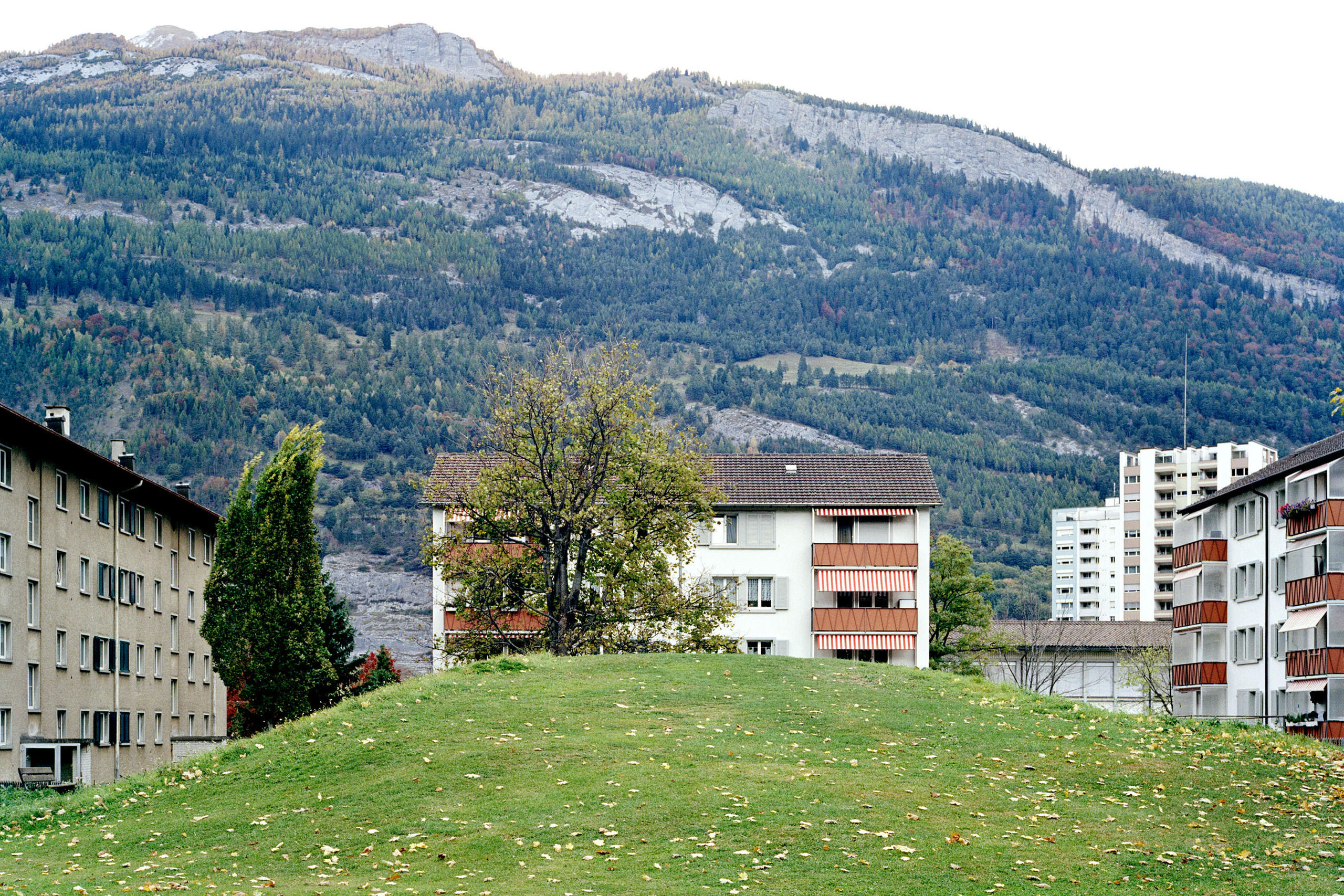
More
How the Swiss live – from co-operatives to mobile homes
Village feeling
The advantage of communal living is that it is easy to come into contact with neighbours. “Many people here in Switzerland live rather anonymously in the cities and surrounding suburbs”, says Jonas. “But in this neighbourhood, we have got to know an amazing number of people.”
For those who prefer an even cosier feel, there is the “Cluster communityExternal link“, where living rooms and main kitchens are shared with a group of 8 people.
Depending on one’s interests, one can get involved in any of the 55 neighbourhood groups. In one group called “Ice Age” people devote themselves to making gourmet ice cream while a hobby beekeeper produces honey on the roof.
In a village chatroom – a WhatsApp group with 246 members – residents exchange ideas about the needs of the area. Jonas shares the latest posts: someone has a table they want to give away, another has apples, while another complains about carelessness in disposing of rubbish. When a beaver was spotted one day in a nearby stream, the news spread like wildfire, and after just a few minutes there was a crowd of people out watching the animal go about its business.
Of course, the village atmosphere is not to everyone’s tastes. Some people have left and moved out, Jonas explains, because this kind of living got on their nerves after a while. Or maybe because they dreamt of living in the countryside in a house of their own.
Jonas admits that he doesn’t take advantage of all of the opportunities available. “With work and family, you’ve got your hands full, and you may not have energy to do a lot of other stuff”, he says. But the numerous events and concerts are a real privilege.
One great asset of living in the neighbourhood, he finds, is “Hombi’s dining room”. Christoph Homberger, who used to be an opera singer, cooks a full-course menu for his guests every weekend in his dining room. After dinner he usually entertains them with a few Schubert songs, and is often joined by guest musicians.
High environmental standards
Communal use of space and resources is a greener alternative to individual ownership. But the cooperative goes even farther when it comes to environmental principles. People who live in the complex may not own a car. The cooperative has committed to 2000-watt societyExternal link principle (no more than 2000 watts to be used per head).
The toilets use rain water, solar panels cover 25% of all electrical power needs in the complex, and hot water is 1:1 “district heating”. The buildings conform to the “Minergie” energy efficiency standard. This means Jonas can’t regulate his home’s heating – it is centrally programmed for the whole house, which means that individual rooms can be quite cool.
Air circulation is handled by a ventilation system. For people with asthma this may not be idealExternal link, but Jonas has no trouble with it. “You have to make sacrifices for the sake of the whole.” The positive side effect of living in a “Minergie” building is that Jonas hardly has any utility costs; at most it is 10% of the net rent.
Living has its price
Jonas pays a monthly rent of CHF 2,400 for his four-and-a-half-room apartment. That may sound steep, but it is fairly good for Zurich. One fifth of the cooperative apartments in the Hunziker complex are subsidised by the government. These apartments are 20% cheaper than the unsubsidised ones (for example, the average monthly rent for a three-and-a-half-room apartment (87 m2) in the city is currently CHF1,380).
Alternative living isn’t necessarily cheap though. Each family must contribute CHF28,000 to the cooperative, which will be returned to them when they leave. “For people who are really strapped for money, that may be a real obstacle”, Jonas admits.
Does Jonas have any other wishes? A balcony would be nice, he says. The only thing he misses about a single-family house is a garden and more green space. He finds it “cooler” to live in a housing community than in a house of his own. “Children really benefit if families shared more space with one another because they would have other kids to play with”. This also gives the adults a break.
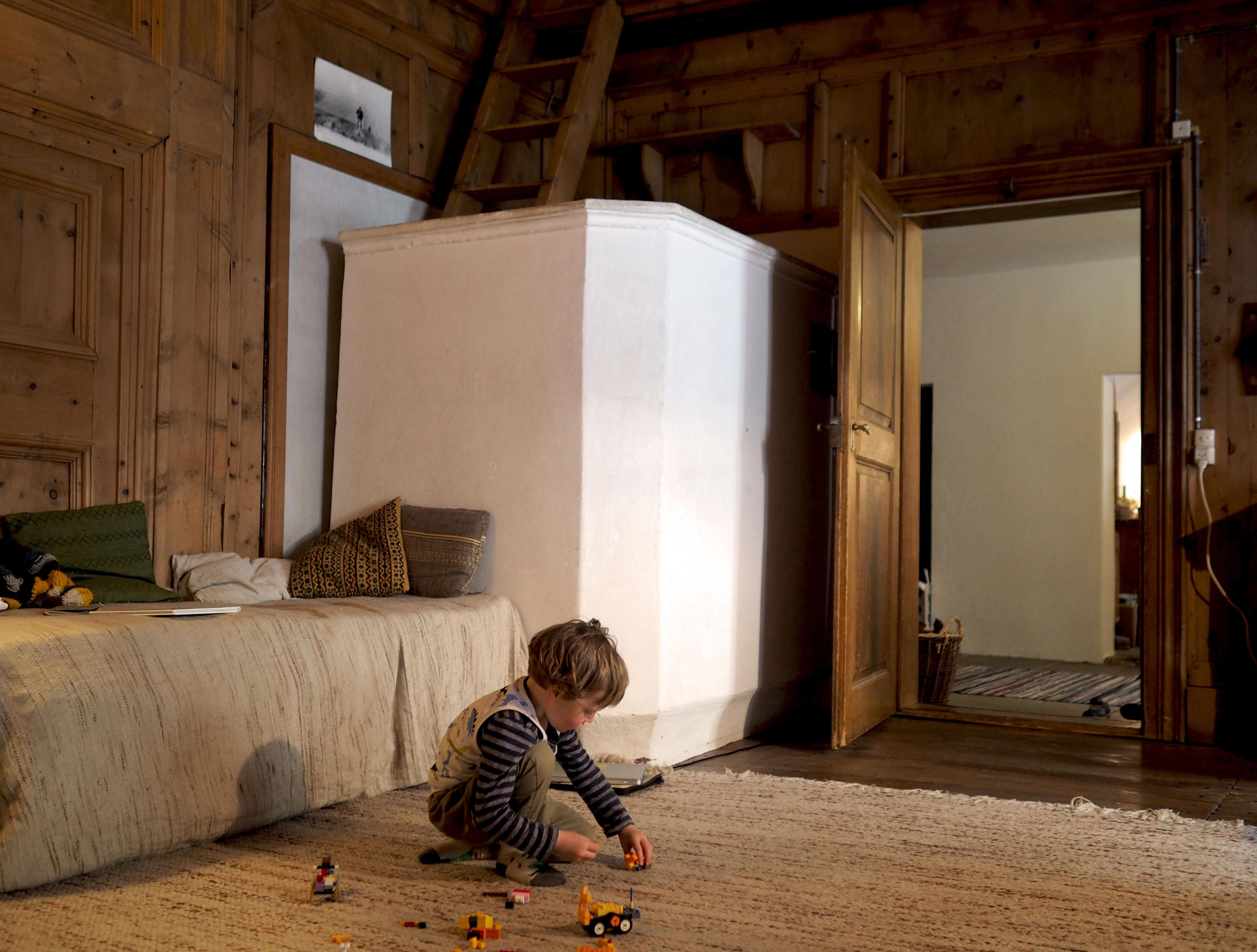
More
The ‘stüa’ is the heart of this Swiss house
Housing cooperatives in Switzerland
In German-speaking Switzerland in particular, housing cooperatives are a popular and affordable option for renters. Starting as early as 1890, renters in Switzerland started banding together to support eachExternal link other in the form of cooperatives. Especially in times of low vacancies, the government has promoted housing cooperatives by providing land, financial guarantees, advances or outright grants.
Since the start of the 21st century, this kind of housing gained greater importance. In cities like Zurich, a quarter of the housing stock is provided by non-profit organisations. In French-speaking Switzerland, housing cooperatives are also becoming more popular. Around 9% of housing Switzerland is now provided by non-profit property developers.
Source: Historical lexicon in SwitzerlandExternal link (in German)
Adapted from German by Terence MacNamee

In compliance with the JTI standards
More: SWI swissinfo.ch certified by the Journalism Trust Initiative






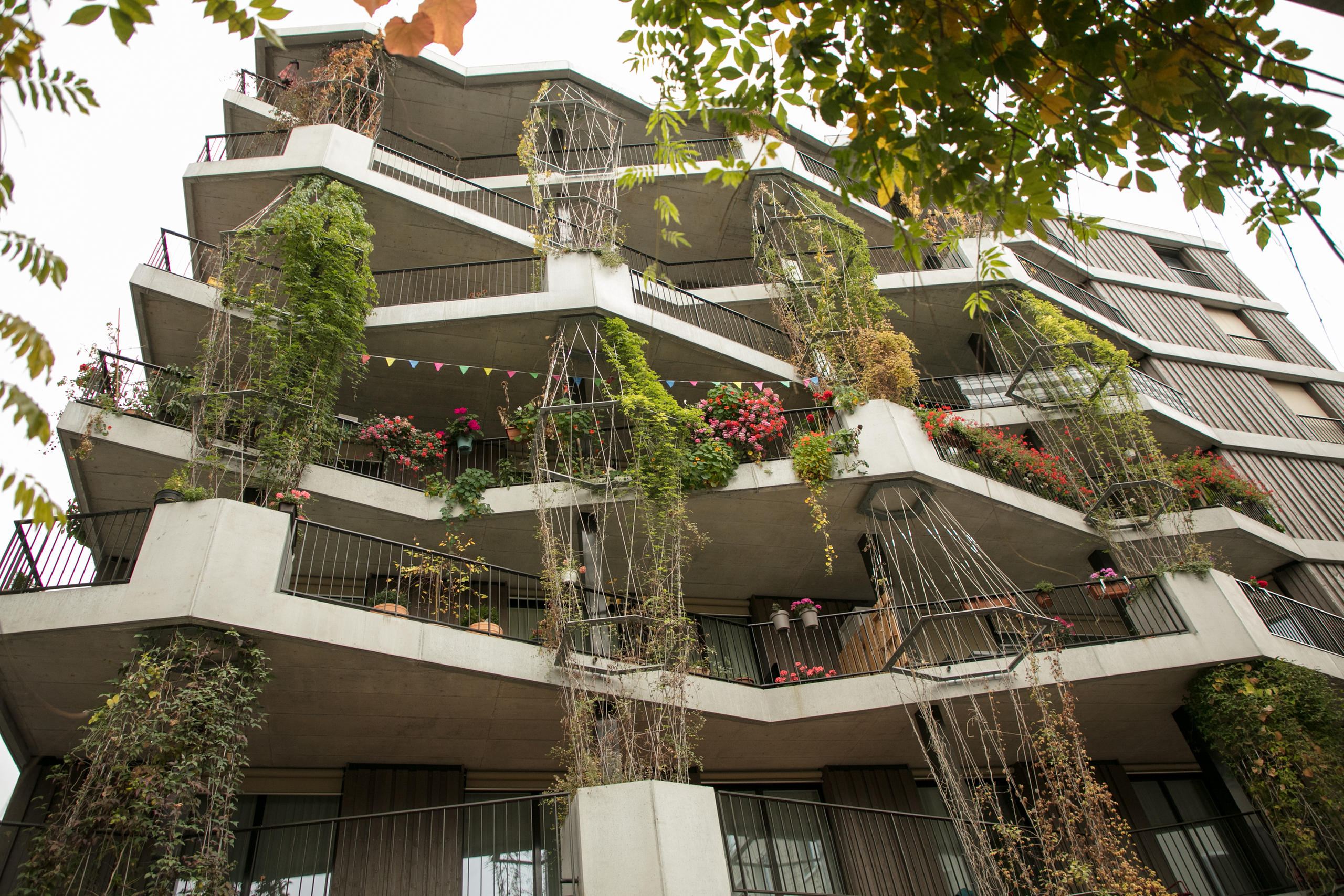








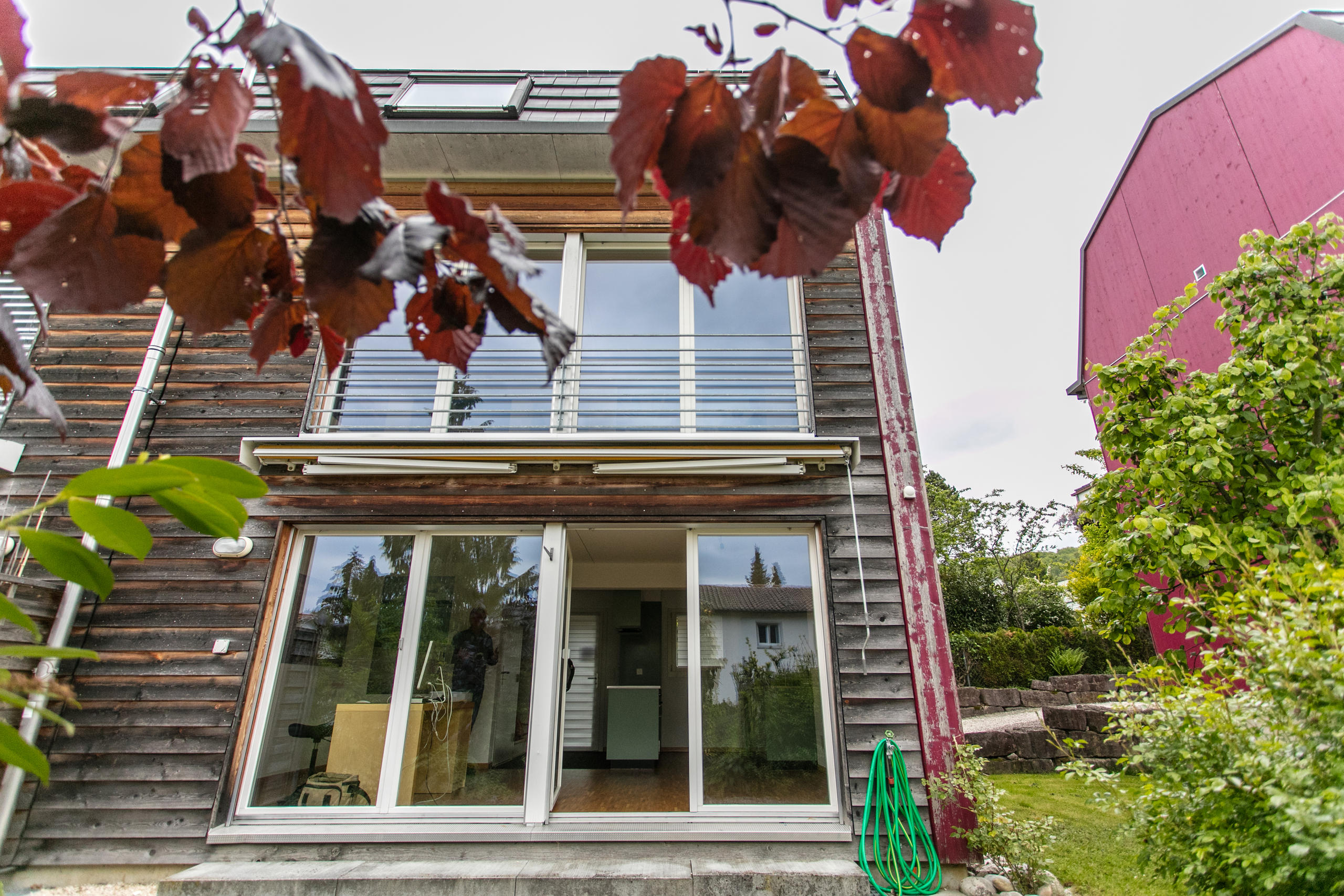


You can find an overview of ongoing debates with our journalists here . Please join us!
If you want to start a conversation about a topic raised in this article or want to report factual errors, email us at english@swissinfo.ch.